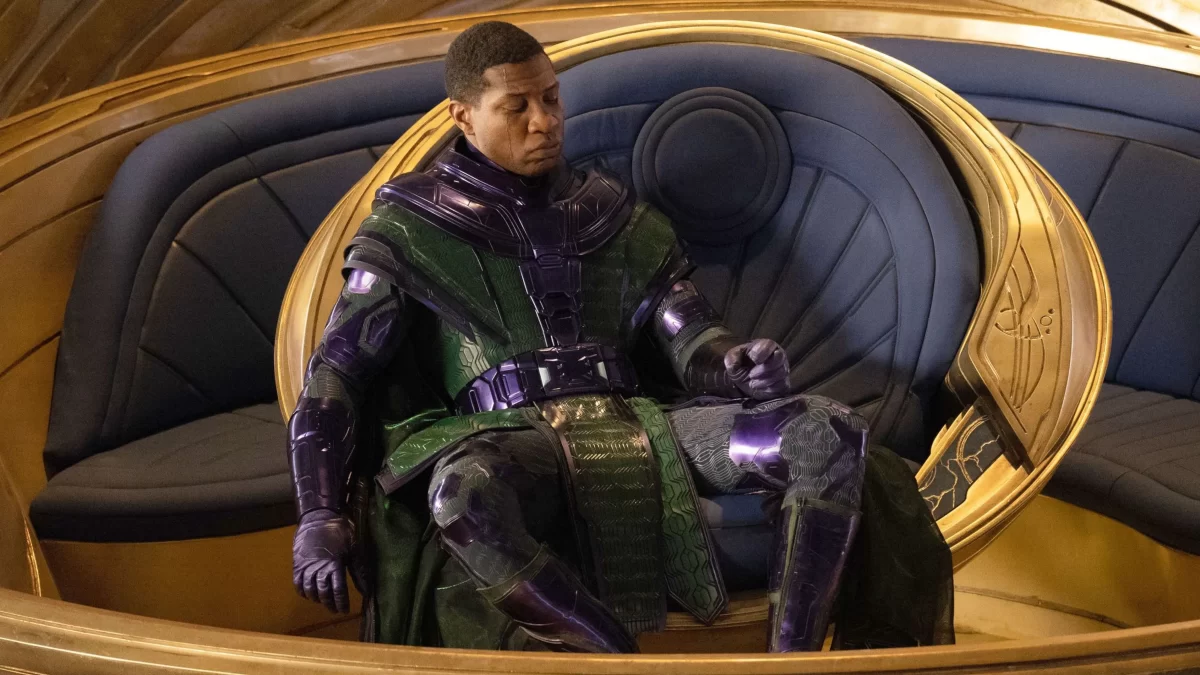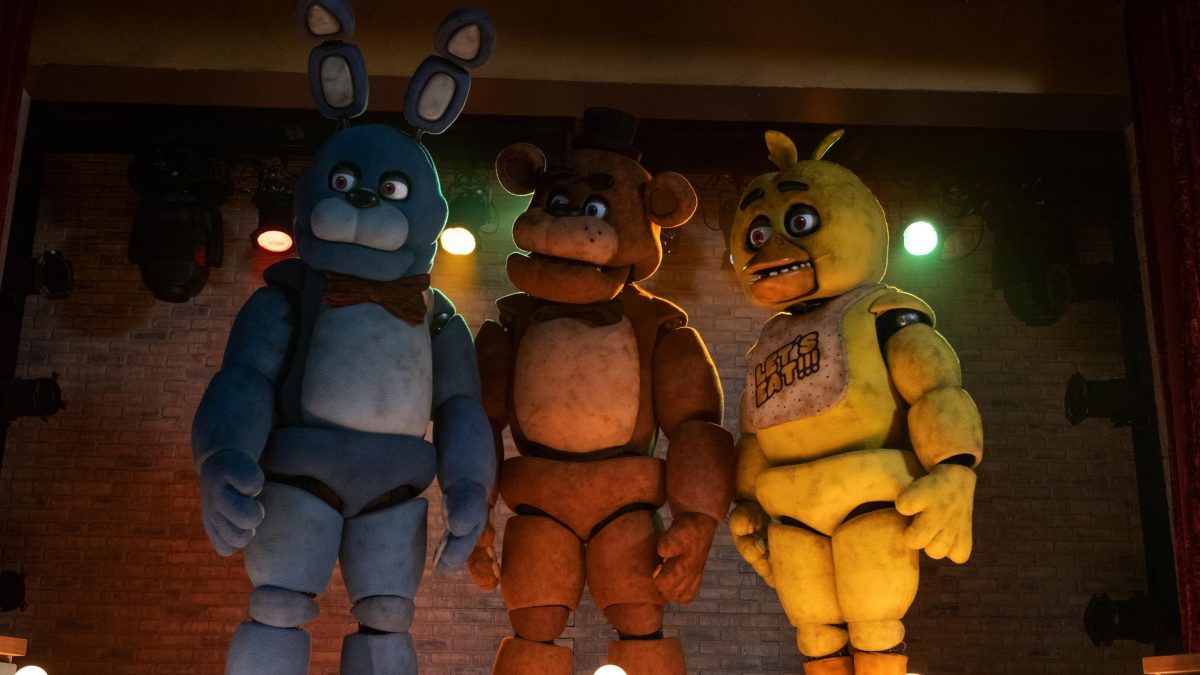
By Nick Froment
Have you ever wondered what lies inside a black hole? Christopher Nolan has. This black hole concept along with other celestial phenomena, are compiled within his latest motion picture, “Interstellar.” This spectacular film is bound to leave a lasting impression on anyone intrigued by the great mysteries of space, time, ghosts, and the human conquest to live on other planets.
A visually-appeasing film, “Interstellar” takes special effects to a new level, while keeping a balance of spectacular cinematography, audio production, and superb acting. When I found out the lead roles were to be played by Matthew McConaughey, Anne Hathaway, and Michael Caine, I knew I’d leave the theater satisfied.
This science fiction thriller takes place far into the future, where the entire Earth’s population is hanging onto survival by a thread. Food has become scarce and dust storms are overwhelming the planet. At this time, NASA is performing top secret operations called the Lazarus missions. With these expeditions, space cadets are sent into a wormhole near Saturn, where they leave our galaxy and enter a different one. As this happens time is bent, two hours inside the wormhole could reflect a decade on Earth. I found this extremely interesting. These unsolved mysteries in real life allowed Christopher Nolan to experiment with and bend the rules, thus creating a very interesting plot.
In failing to keep the promise that he’ll return home, the main character, Cooper, shifts his focus to continuing the mission to explore a new, habitable planet. The story greatly escalates when the crew lands at their destination, and discover Dr. Mann (played by Matt Damon), a former Lazarus cadet, frozen in cryogenic sleep. They unfreeze the doctor and he quickly takes control of their ship after trying to kill them all. Thankfully, because of his horrible piloting skills, he doesn’t make it that far. After Cooper tries to leave the planet, he enters an asteroid field, forcing him to eject into space. When hope seems lost for him and his crew, Cooper drifts freely into a black hole.
According to modern-day astronomers, black holes can reveal the entire universe’s past, present, and future all at once. Christopher Nolan brought this theory to light and portrayed the phenomena effectively. The black hole Cooper falls into is a gigantic interactive library. In this dimension, he sees everything that happened on the day he left Earth from behind his daughter’s bookcase. Crying in his spacesuit, Cooper tries to reach through to her. With his access to everything, he sends Murphy, his daughter a Morse code message through the watch she is holding. It reads, “STAY.” In realizing her father is still alive, Murphy becomes motivated to finish what he started. She grows older, wiser, and solves the equations needed to travel to and inhabit a planet inside the wormhole.
When the black hole collapses, Cooper is whisked back into space, where a rescue ship picks him up. He wakes up in a hospital on a nearby planet, where he is notified that Murphy’s life efforts allowed NASA to colonize the planet they’re on. He is also notified that she is in the same hospital, about to die of old age. This concept of time coming full circle and the irony of his daughter being so young in the beginning, to dying in her father’s arms as an old lady was an emotional wrap-up to the film.
The complex narrative of “Interstellar” will keep you guessing, but it is all perfectly organized, with no plot holes. The visuals of this film are beautiful, and the cinematography allows for an aesthetically-pleasing experience. Despite the film’s length of 169 minutes, it is watchable in one sitting, and evokes the long journeys of space travel. The story line is relevant to our age of space exploration, and provokes many scientific questions and mysteries that many viewers will find interesting. “Interstellar” is a masterpiece to put on your watch list this holiday season. Final review: 8/10






